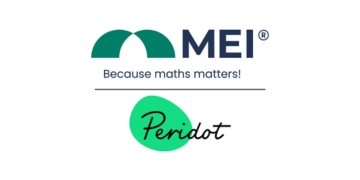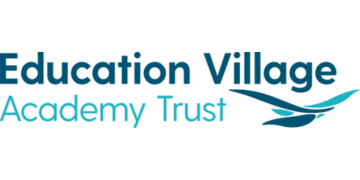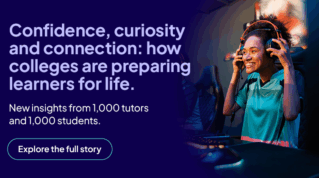There’s no shortage of ambition among the young adults I meet. But too often, it’s not ability that holds them back – it’s a system that decides they’re not worth the investment.
At Nisai Learning, we work with young NEETs who’ve been out of school for months, sometimes years. They’re not “unmotivated” or “hard to reach”, they’re recovering from trauma, anxiety, or long-term health conditions; young adults trying to rebuild their lives and secure the level 2 qualifications they need to progress.
But the path to reintegration is riddled with barriers.
Let’s be clear: this isn’t about ability. It’s about access. The post-16 system is set up for those who fit the standard trajectory. Demand for college places is spiralling, funding is rigid, and accountability pressures leave little incentive to take a risk on a learner who might take longer to succeed.
Our system rewards speed and outcomes, not distance travelled. That discourages providers from working with learners who need time, flexibility or a second chance.
Meanwhile, accountability measures prevent leaders from letting former or external pupils enter as exam candidates – so even if a learner is ready to ‘sit’, there’s no way back in.
These aren’t learners without potential. But we’ve built a system that treats them as if their chance has passed. It’s no surprise that the proportion of 18-year-olds not in education, employment or training is now at its highest since 2009.
That’s why we launched our Every Learner campaign, to ensure this group is no longer overlooked. Every learner deserves a system that meets them where they are and gives them a real route back. So, what would it take to build that system?
First, it means flexibility
Traditional classrooms are simply not viable for every learner, at least not right away. Blended learning, phased reintegration and small-group, online provision offer a bridge back into education.
We see this every day at Nisai: learners with severe anxiety who begin with a few hours a week online and gradually rebuild their confidence and capability.
This flexibility is equally vital in adult learning. For decades, we’ve run the widely acclaimed and valued Nisai’s Professional Development Institute, supporting adult learners to gain functional skills. It helps those not yet ready for college or employment build confidence, structure and independence.
Second, it means access to qualifications
Remote invigilation, trialled successfully during the pandemic and already standard for international candidates, must be expanded. It offers a secure, scalable way to assess learners who can’t attend an exam hall.
And we must make it easier for schools and colleges to accept external candidates. Right now, we have pupils with university offers but no exam centre willing to take them. They’ve completed the course, but without the assessment they lose their place. That is indefensible.
Third, it means rethinking what we value
Instead of asking, “Did they pass five GCSEs in a year?”, we should ask: “Did they re-engage? Did they gain confidence? Did they progress from where they started?” Because the irony is, these learners have enormous potential. In 2024, 95 per cent of our UK students had an identified special educational need or disability. Yet they achieved a 99 per cent GCSE pass rate, with 78 per cent gaining grade 4 or above, way outperforming national averages.
One third of our learners reintegrate into mainstream education and 91 per cent progress to apprenticeships, further study or work. This is a second chance working exactly as it should.
But these results are in spite of the system, not because of it. We need second chances to be a built-in – not bolted on. That starts with properly funding flexible provision, embedding remote assessment, and holding providers to account for re-engagement, not just results.
Every learner deserves a route back in. And for many, blended learning is the only way that journey begins.













Very well said Dhruv